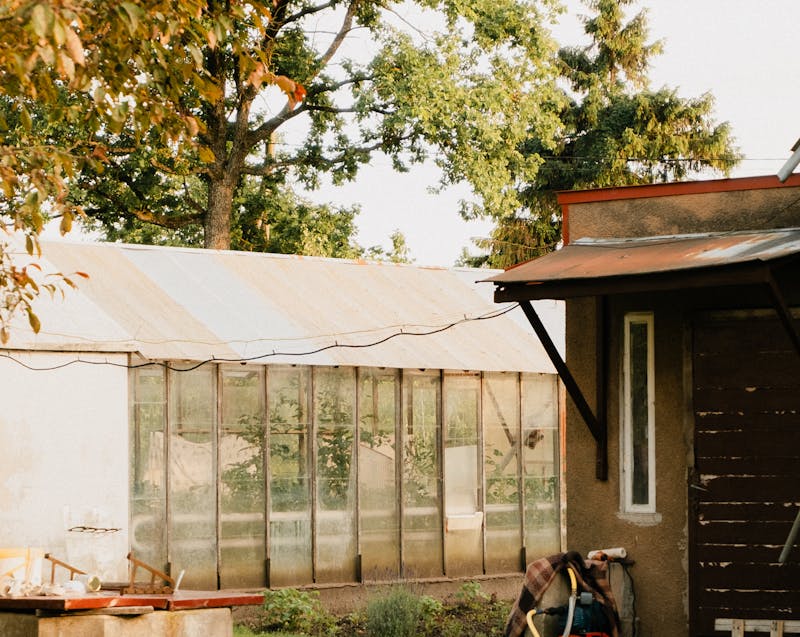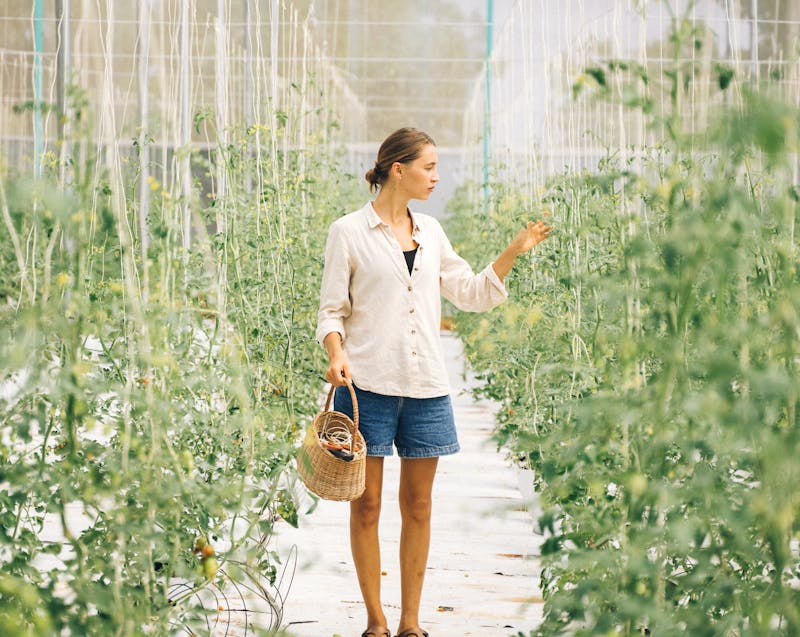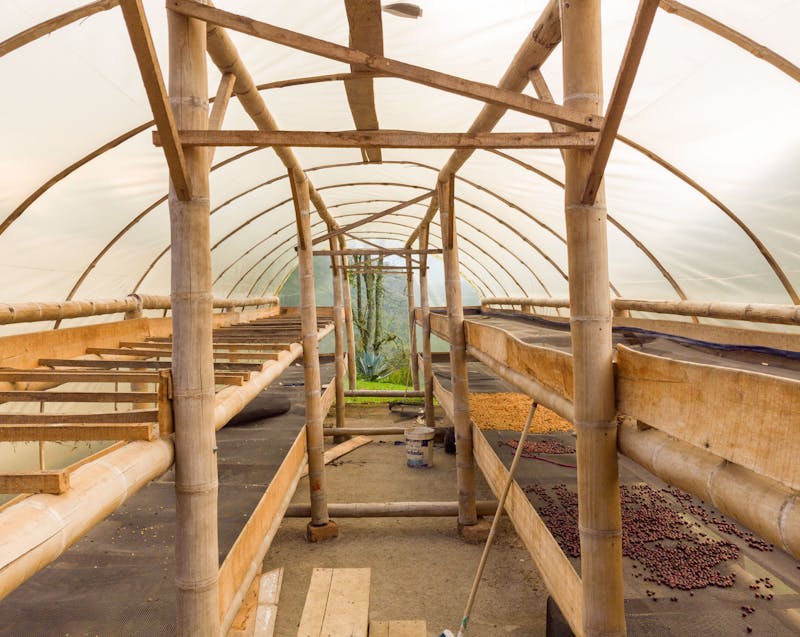- A greenhouse works by trapping sunlight and heat, creating a stable environment for year-round plant growth.
- It protects plants from harsh weather, pests, and diseases, ensuring healthier and more consistent yields.
- Homeowners benefit from sustainable, cost-effective food production and improved property value.
- Choosing the right materials, size, and ventilation system is crucial for optimal performance.
- Greenhouses support eco-friendly living by reducing waste, promoting organic gardening, and lowering carbon footprints.
- Building a DIY greenhouse is an affordable way to start small and expand as your gardening skills grow.
Have you ever wondered how gardeners manage to grow lush vegetables and colorful flowers even in the coldest months? The secret lies in one simple yet powerful structure — the greenhouse. A greenhouse provides an ideal environment for plants to thrive year-round by capturing and regulating sunlight, warmth, and humidity. For homeowners, it’s more than just a gardening luxury; it’s an investment in sustainable living, self-sufficiency, and the joy of cultivating your own food.
Whether you’re a seasoned gardener or a beginner looking for a productive hobby, understanding how a greenhouse works and why you might need one can transform the way you think about home gardening.
How Does a Greenhouse Work? The Science Behind It
A greenhouse operates on a simple scientific principle — the greenhouse effect. When sunlight enters the transparent walls or roof of a greenhouse, it warms the soil, plants, and other surfaces inside. These surfaces, in turn, release heat as infrared radiation. However, because the structure is enclosed, this heat cannot escape easily, leading to a warm, stable environment even when outdoor temperatures drop.
This process allows plants to grow in optimal conditions regardless of external weather. The trapped warmth ensures consistent growth, while controlled ventilation and humidity prevent overheating and dehydration. Modern greenhouses also use automated systems that regulate temperature and moisture, making them even more efficient.
Key elements that make a greenhouse work include:
- Light Transmission: Transparent materials like glass or polycarbonate allow sunlight to pass through.
- Heat Retention: The enclosed space traps warm air inside.
- Ventilation Systems: Roof vents or fans maintain air circulation and prevent excessive heat.
- Moisture Control: Humidity is managed to keep plants hydrated and healthy.
In short, a greenhouse creates the perfect microclimate — balancing warmth, light, and moisture to promote healthy, year-round plant growth.
Why Homeowners Should Consider Having a Greenhouse

For homeowners, a greenhouse offers more than just an attractive addition to the backyard. It’s a versatile, practical structure that provides long-term benefits for your home, lifestyle, and environment. Here are several compelling reasons why you should consider owning one:
- Year-Round Gardening: With a greenhouse, you can grow fruits, vegetables, and herbs even in the winter. Imagine harvesting fresh tomatoes or basil when your neighbors are shoveling snow.
- Protection from Weather Extremes: Plants are shielded from harsh winds, frost, and heavy rainfall, which can damage outdoor crops.
- Pest and Disease Control: The enclosed environment limits exposure to pests, insects, and fungal diseases.
- Sustainability: Growing your own food reduces your reliance on grocery stores and lowers your carbon footprint.
- Property Value Boost: A well-designed greenhouse can enhance your landscape and increase your home’s appeal to potential buyers.
- Therapeutic Value: Gardening is known to reduce stress and improve mental well-being, and having a greenhouse lets you enjoy this year-round.
Having a greenhouse means having control over your plants, your food source, and your environment. It’s an ideal project for homeowners who want both beauty and functionality in their outdoor spaces.
Choosing the Right Greenhouse for Your Home
Before jumping into construction, it’s important to select a greenhouse design that matches your space, budget, and gardening goals. Homeowners can choose from a wide range of styles, including small hobby greenhouses, walk-in structures, and even attached lean-tos that connect directly to the home.
When choosing the right greenhouse, consider:
- Available Space: Measure your backyard or patio area to determine what size structure fits best.
- Materials: Glass offers clarity and durability, while polycarbonate panels provide excellent insulation and UV protection.
- Ventilation: Proper airflow is essential to prevent mold and overheating.
- Heating Options: Depending on your climate, you might need supplemental heaters or solar-powered systems.
- Budget and Maintenance: Choose materials and systems that suit your maintenance comfort level.
If you’re interested in building a greenhouse, start small with a DIY kit. These are cost-effective, beginner-friendly, and easy to expand as your gardening ambitions grow.
How Does a Greenhouse Work to Support Sustainable Living?

Greenhouses aren’t just beneficial for plants — they also play a major role in promoting sustainable living. By growing your own produce, you reduce dependence on commercially grown crops that require transportation, packaging, and chemical treatments. You also minimize waste since you can harvest only what you need.
A greenhouse allows homeowners to practice organic gardening by avoiding pesticides and synthetic fertilizers. It also encourages composting and water conservation through rainwater collection systems and drip irrigation. Over time, your greenhouse can become a self-sufficient ecosystem that benefits both your household and the planet.
For those looking to take sustainability further, consider integrating renewable energy sources such as solar panels for heating and automated irrigation systems powered by stored rainwater. These innovations make your greenhouse not just a growing space but an environmentally responsible investment.
Final Thoughts
Understanding how a greenhouse works gives homeowners the power to take control of their gardening and sustainability goals. By creating a controlled environment that fosters plant growth year-round, you can enjoy fresh produce, reduce grocery expenses, and contribute to a greener lifestyle. Whether you choose a simple DIY model or a sophisticated automated system, a greenhouse is more than just a structure — it’s a gateway to healthier living, greater independence, and long-term home value.

